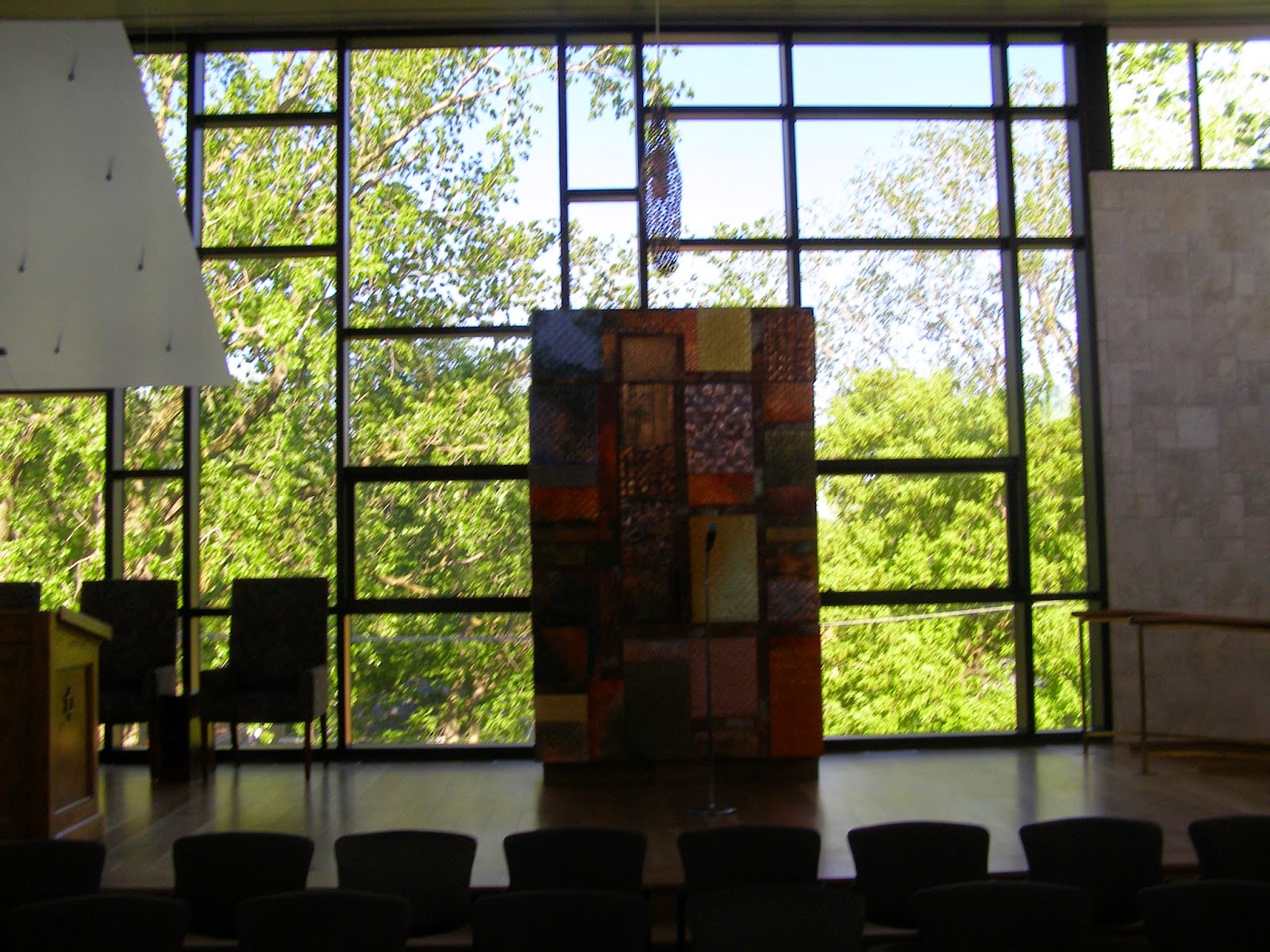NY,
NY. The Century. Central Park West. Irwin
Chanin,
architect. (1930). Photo:
David Shankbone
NY,
NY. The Majestic. Central Park West. Irwin
Chanin,
architect (1930-31). Photo:
David Shankbone
NY,
NY. The Chanin Building. 122 East 42nd Street. Irwin
Chanin,
architect (1929). Photo: Samuel D. Gruber 2012
NY,
NY. The Chanin Building. 122 East 42nd Street. Irwin
Chanin,
architect (1929). Photo: Samuel D. Gruber 2012
Happy Birthday Irwin Chanin (1891-1988)
Today is the birthday of New York famed architect and real estate developer Irwin S. Chanin, whose company designed and built the Century and Majestic apartment towers on Central Park West, and the Chanin Building on 42nd Street among many other New York landmarks. These Art Deco and Art Moderne towers are among the finest and most-loved skyscrapers in the city (certainly loved by me). They helped define the modernism of the city for several generations.
Chanin was a one of small group of adventurous Jewish New York architects such as Eli Jacques Kahn and developers like Abe N. Adelson who pioneered Art Deco and Art Moderne towers in the city. Irwin and his accountant brother Henry began the Chanin Construction Company in 1919. Two other brothers, Sam and Aaron, were also involved in the company, but to a lesser degree. This type of family business recalls that of Albert Kahn and his brothers in Detroit.
NY,
NY. The Chanin Building. 122 East 42nd Street. lobby detail. Irwin
Chanin,
architect (1929). Photo: Samuel D. Gruber 2012
NY,
NY. The Chanin Building. 122 East 42nd Street. Irwin
Chanin,
architect (1929). Photo: Samuel D. Gruber 2012
NY,
NY. The Chanin Building. 122 East 42nd Street. Irwin
Chanin,
architect (1929). Photo: Samuel D. Gruber 2012
NY,
NY. The Chanin Building. 122 East 42nd Street. Irwin
Chanin,
architect (1929). Photo: Samuel D. Gruber 2012
Irwin S. Chanin, an architect and builder whose skyline signature was formed of jazzy Art Deco towers and whose legacy to Broadway was a half dozen elegant theaters, died of natural causes Wednesday at his Manhattan home, his family said. He was 96 years old.According to Dunlap, Chanin was born in Brooklyn, but "in his youth, his family left Bensonhurst to return to Poltava, Russia, from which his father, Simon, had emigrated. In 1907, the Chanin family returned to this country."
Mr. Chanin was the president and founder of the Chanin family enterprises that built some of New York's most eye-catching structures in the late 1920's and early 30's. The Chanins helped make popular a streamlined, geometric, modernistic style of architecture.
In that exuberant vein were the Chanin Building, a 56-story office skyscraper at 122 East 42d Street, and two twin-towered stuctures that epitomize Central Park West: the Century Apartments, between 62d and 63d Streets, and the Majestic Apartments, between 71st and 72d Streets.
The Chanins had earlier made a name for themselves on Broadway by building six legitimate theaters: the 46th Street, Biltmore, Mansfield (now the Brooks Atkinson), Theatre Masque (now the Golden), Royale and Majestic. They also built New York's ultimate movie palace, the Roxy. Modern City in Theatrical Terms
Chanin graduated from Cooper Union in 1915. Cooper Union named its school of architecture his honor in 1981.
Read the entire tribute here.
_by_David_Shankbone.jpg)
_by_David_Shankbone.jpg)
.JPG)
.JPG)
.JPG)
.JPG)
.JPG)
.JPG)
.jpg)
.jpg)
.jpg)

.JPG)

.jpg)


.jpg)
.jpg)





.jpg)
.jpg)


.jpg)
.jpg)
.jpg)
.jpg)


.JPG)

.tif)
.JPG)








_Artist_%2Bof_Terezin.jpg)




